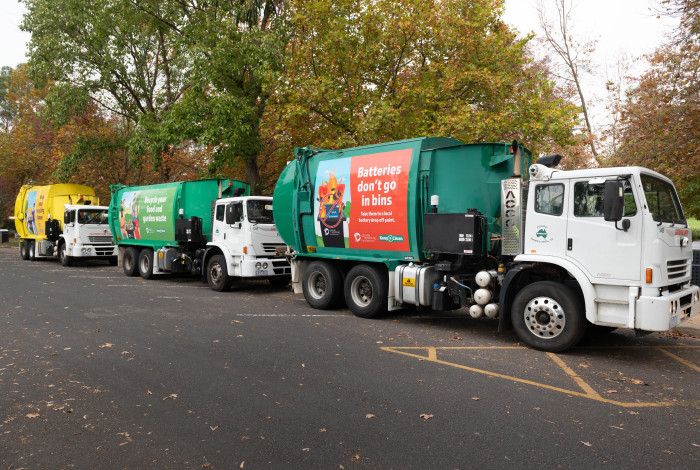
Our everyday lifestyle choices and habits such as online shopping, ordering take away food and grocery shopping create a lot of waste that we need to sort out at home. Habitually, people throw waste items away in the garbage bin when it can be recovered for recycling. Recycling at home is a great way to reduce your environmental footprint, and no matter how much space you have, there is an option for every household.
You might find yourself and members of your household wondering which is the right bin to put your waste in.
Here are some simple tips to help you save time and sort the most common items many people often get confused about:
- Always remember to keep your recycling out of plastic bags and place your recyclables in your yellow lid bin loose
- Only hard, rigid plastic containers and bottles are allowed in the yellow lid recycling bin
- Soft plastics such as bread and pasta bags, frozen vegetable bags, chip packets and snap lock bags go into your red lid garbage bin. Alternatively, you can collect all of your soft plastics and take them to your local supermarket into the ‘soft plastics’ recycling bin on your next shopping trip.
- Do the scrunch test – if you can scrunch the plastics in your hand, they don’t go in the yellow lid recycling bin
- Polystyrene packaging goes into the red lid garbage bin
- Clothing and shoes don’t go in the yellow lid recycling bin. Clothing in good condition can be donated at a local charity store or accepted as part of Council’s annual Homecycle collection.
- Food waste can go in your green lid food and garden waste bin. Make sure you have a good mix of garden waste with your food waste.
As well as following these simple rules, you can also search for specific items to find out which bin they belong in by visiting recycling.vic.gov.au. Here are some simple tips to help you save time and sort the most common items many people often get confused about.
We encourage you to get to know your recycling because what you do makes a huge difference.


